Tag: Fantasy
-
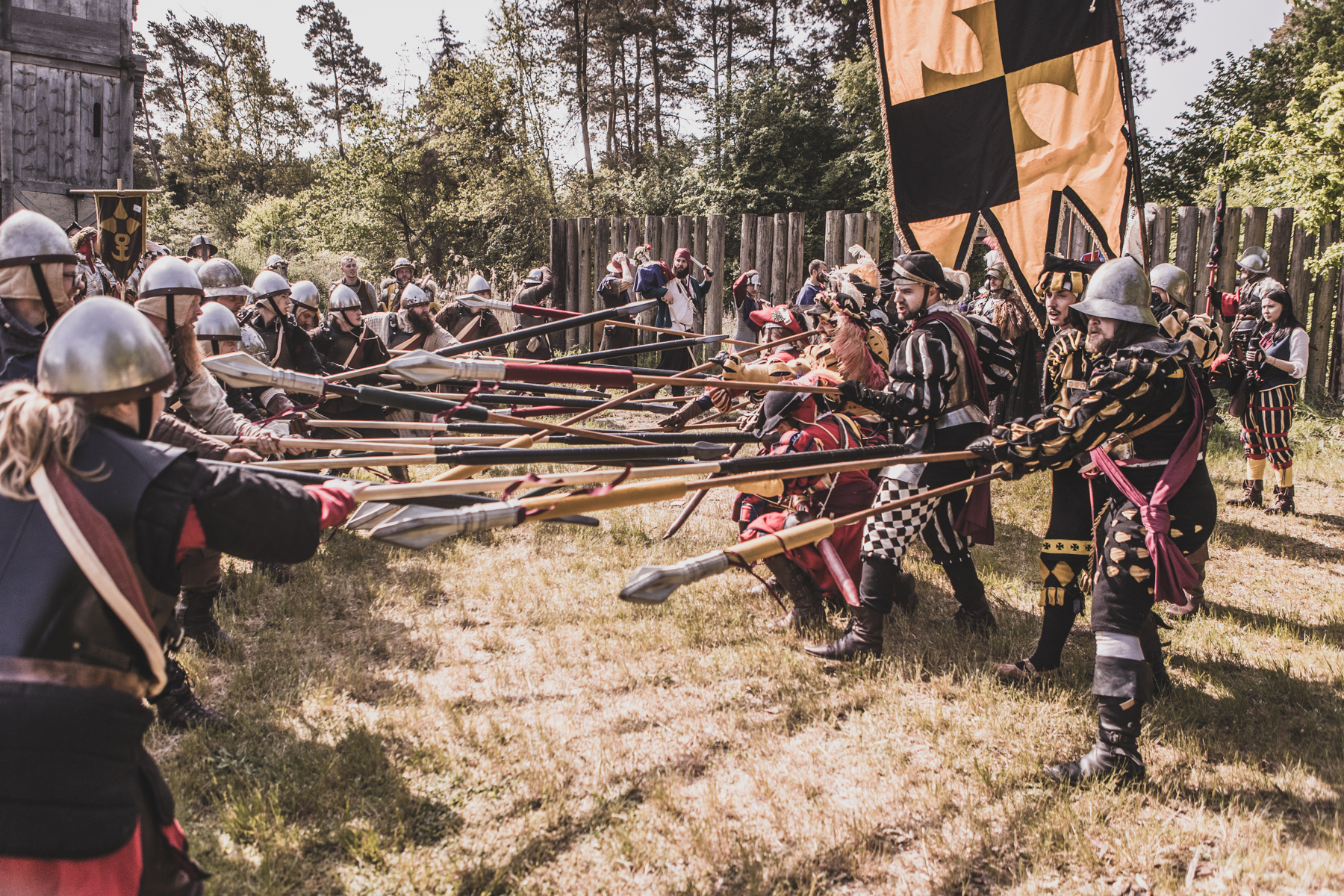
17 Years, 18 Runs, Broken Records – Why Krigslive Just Won’t Quit
An account of the long-established Danish battle larp Krigslive, including thoughts about the most recent and largest-ever event.
-
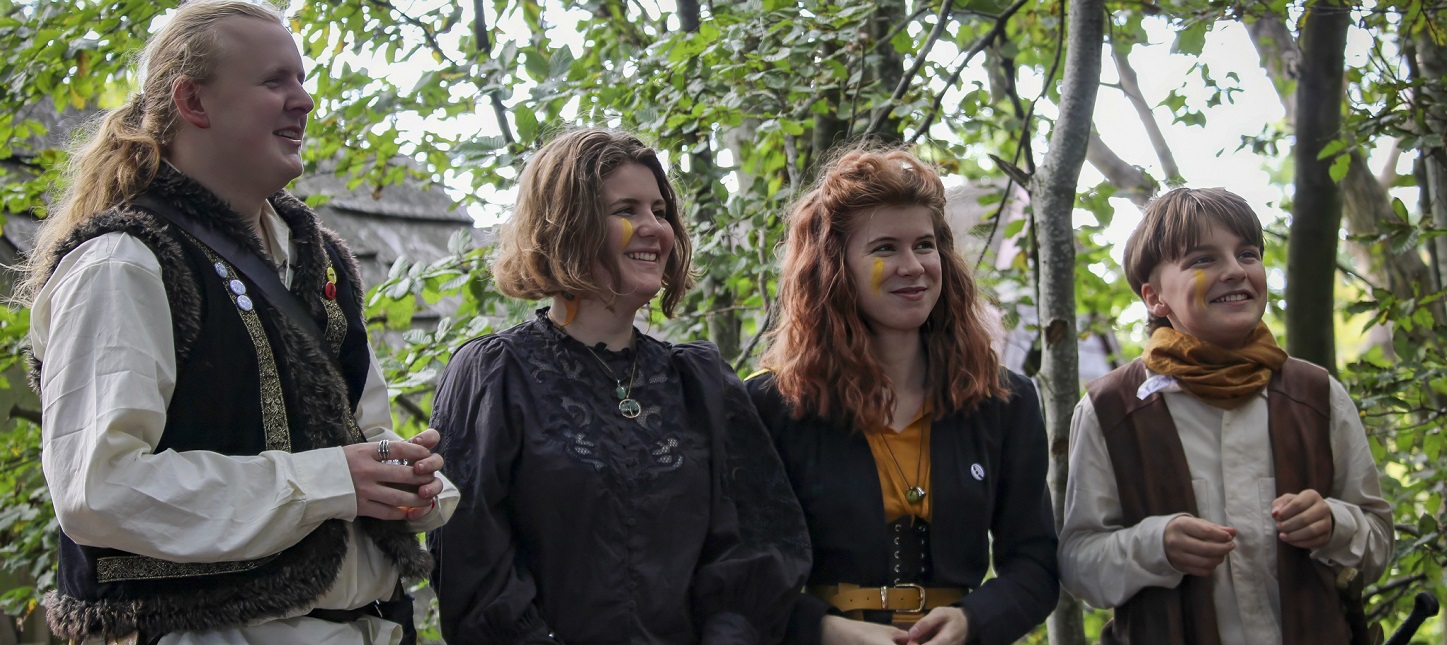
Designing Power Dynamics Between Adults and Children in Larps
in
A practice-based approach utilized in edu-larp and leisure larps, including a mythical fantasy campaign.
-
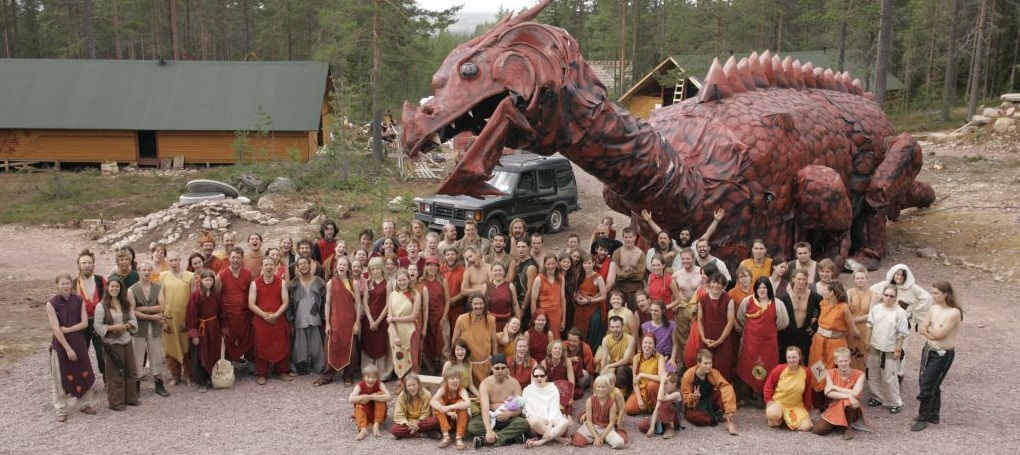
Dragonbane Memories
We had crazy plans. We would transform fantasy larp forever. We would create the best larp in the world… or so I thought.
-
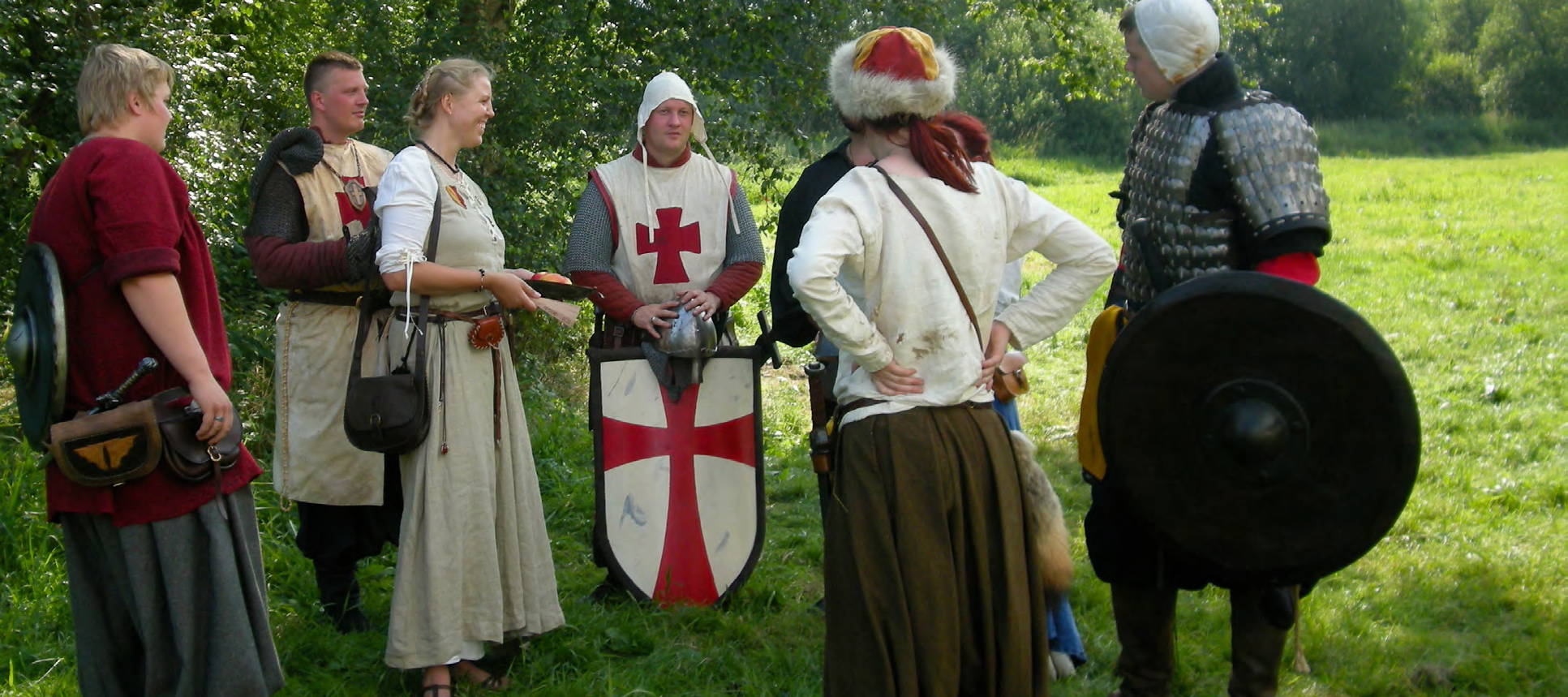
Nemefrego 2014 – Old School Fantasy with New Ideas
Since 1995, the Danish non-profit organization Einherjerne has made one large fantasy larp in the summer with 100-300 participants. Every larp has built on the experiences of the earlier years, with core elements of the larp being a village surrounded by a magical forest inhabited by mythical creatures. This is the Nemefrego larp series, that
-
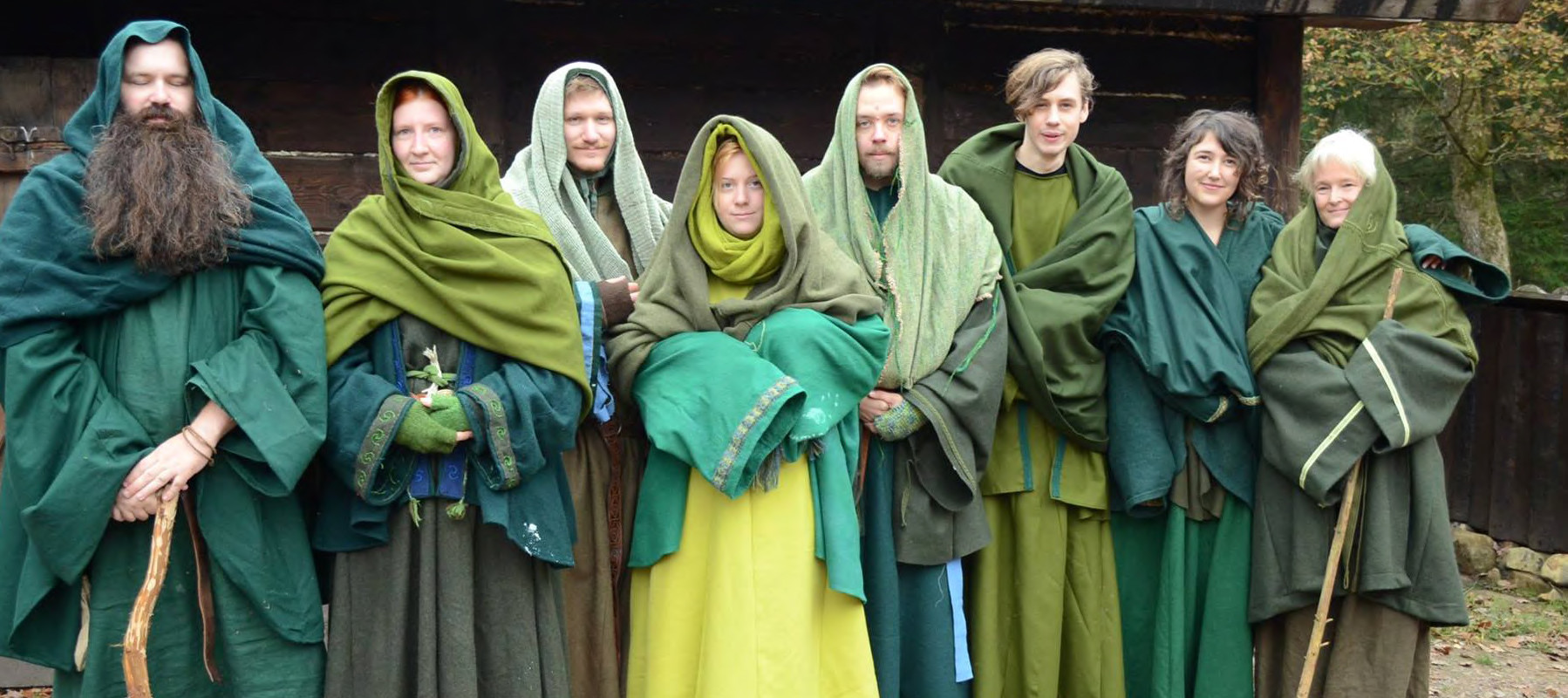
Livsgäld – Fantasy with Gender Elements
Livsgäld, translated roughly as “the price you pay for your life”, was a low-fantasy larp held in November, 2014, in Halmstad, Sweden. The larp was played in Swedish, had 40 participants, three non-player characters and four organizers. The spots for the players were given out through a lottery process, where participants first signed up over…
-
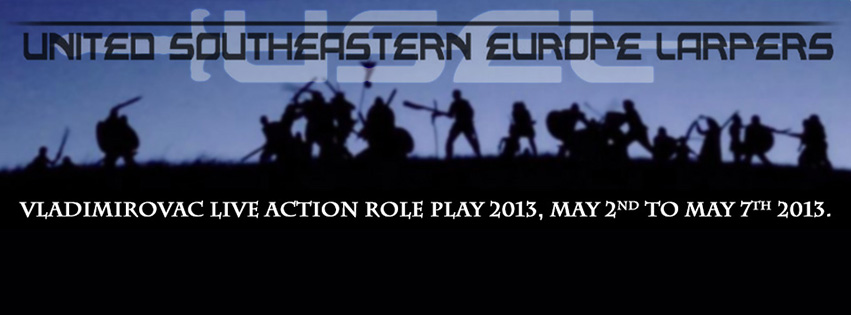
Fantasy Larp in Serbia
in
We’ve received a tip about a fantasy larp in Serbia in May this year. The organisers sent us this information: It is biggest larp event we have in Serbia. It is placed in Serbia/Vladimirovac. Vladimirovac is north-east of capitol city Belgrade. Place is big and have GREAT capacity. We have Serbian, Croatian, Bulgarian and soon
-
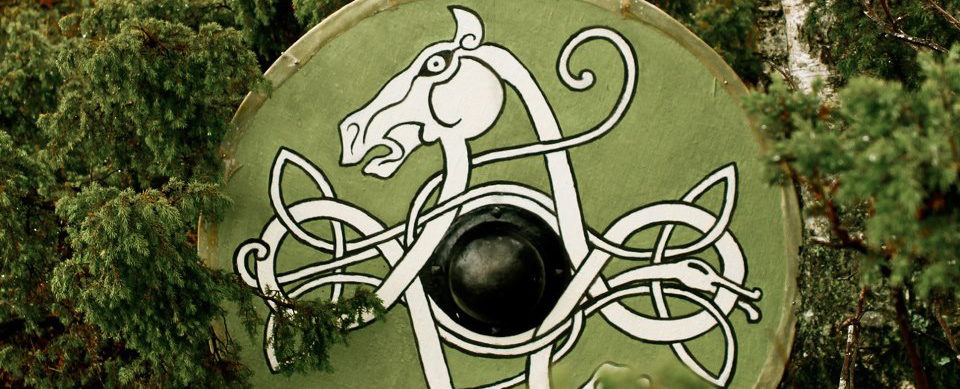
Simbelmyne
in
Simbelmyne is a swedish larp set in Tolkiens Middle-Earth, around 500 years before the War of the Ring. The organisers describes it as such: “Good and evil have not changed since yesteryear, nor are they one thing among Elves and another among Men. It is a man’s part to discern them, as much in the
-
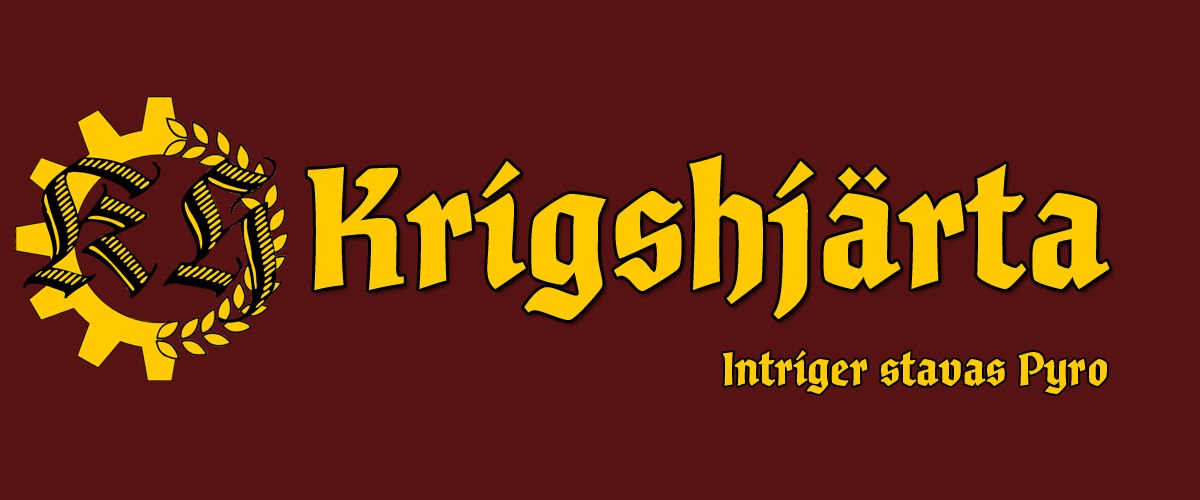
Krigshjärta Campaign Trailer
in
Krigshjärta (Heart of War) is a Swedish low fantasy larp campaign centered around a large scale conflict. Though it is combat heavy, it’s quite different from American style combat heavy fantasy larps. Check out their campaign trailer here: Read more on their website (in Swedish): http://krigshjarta.com/